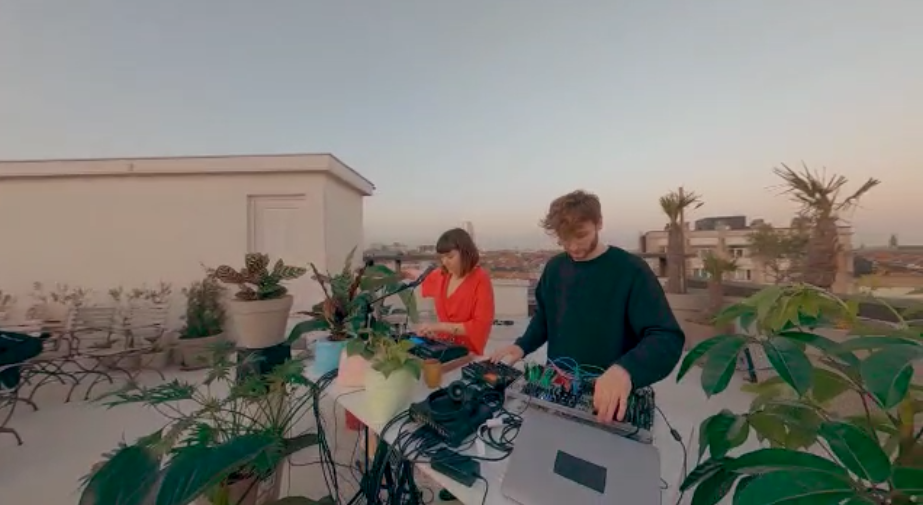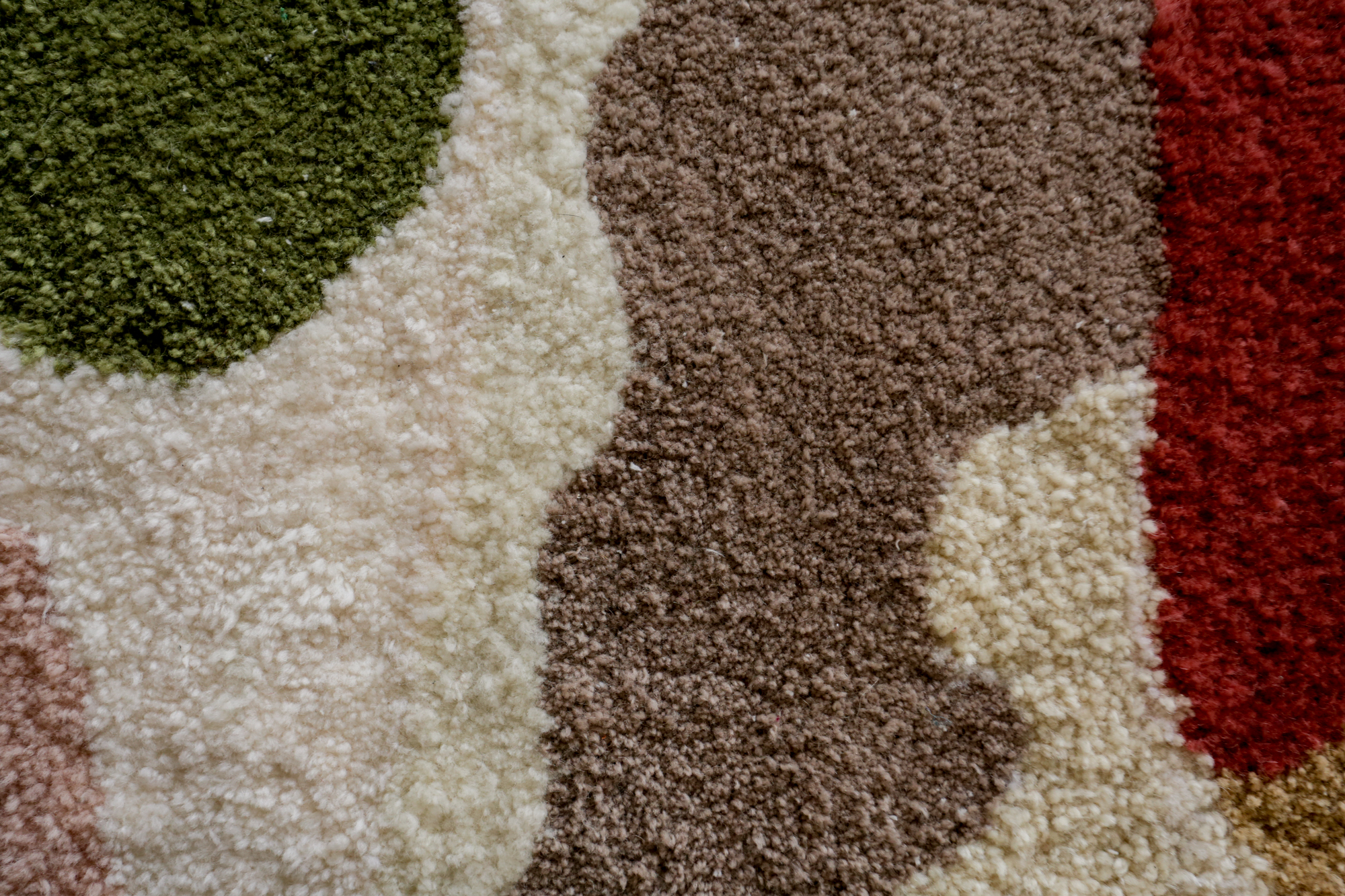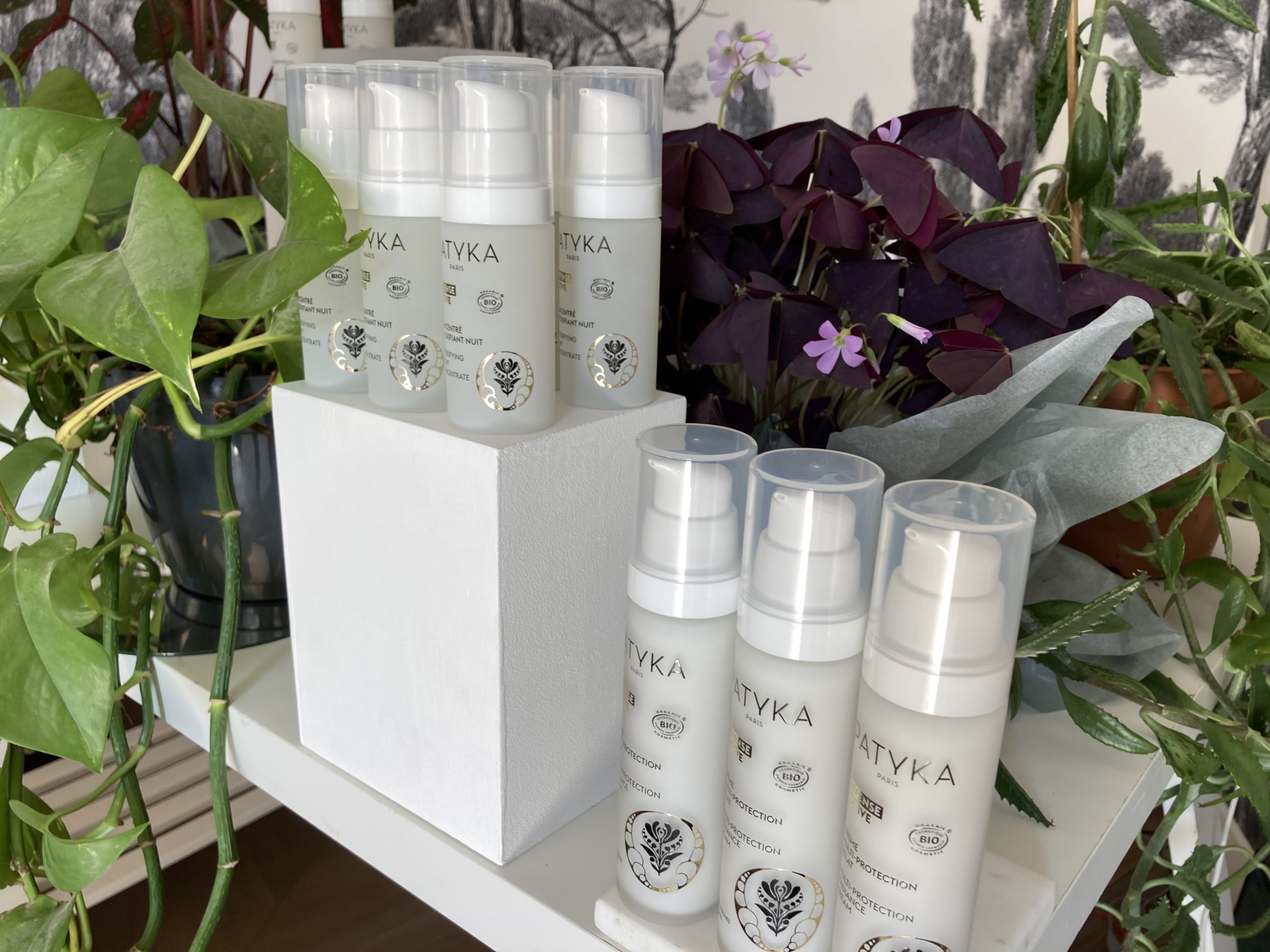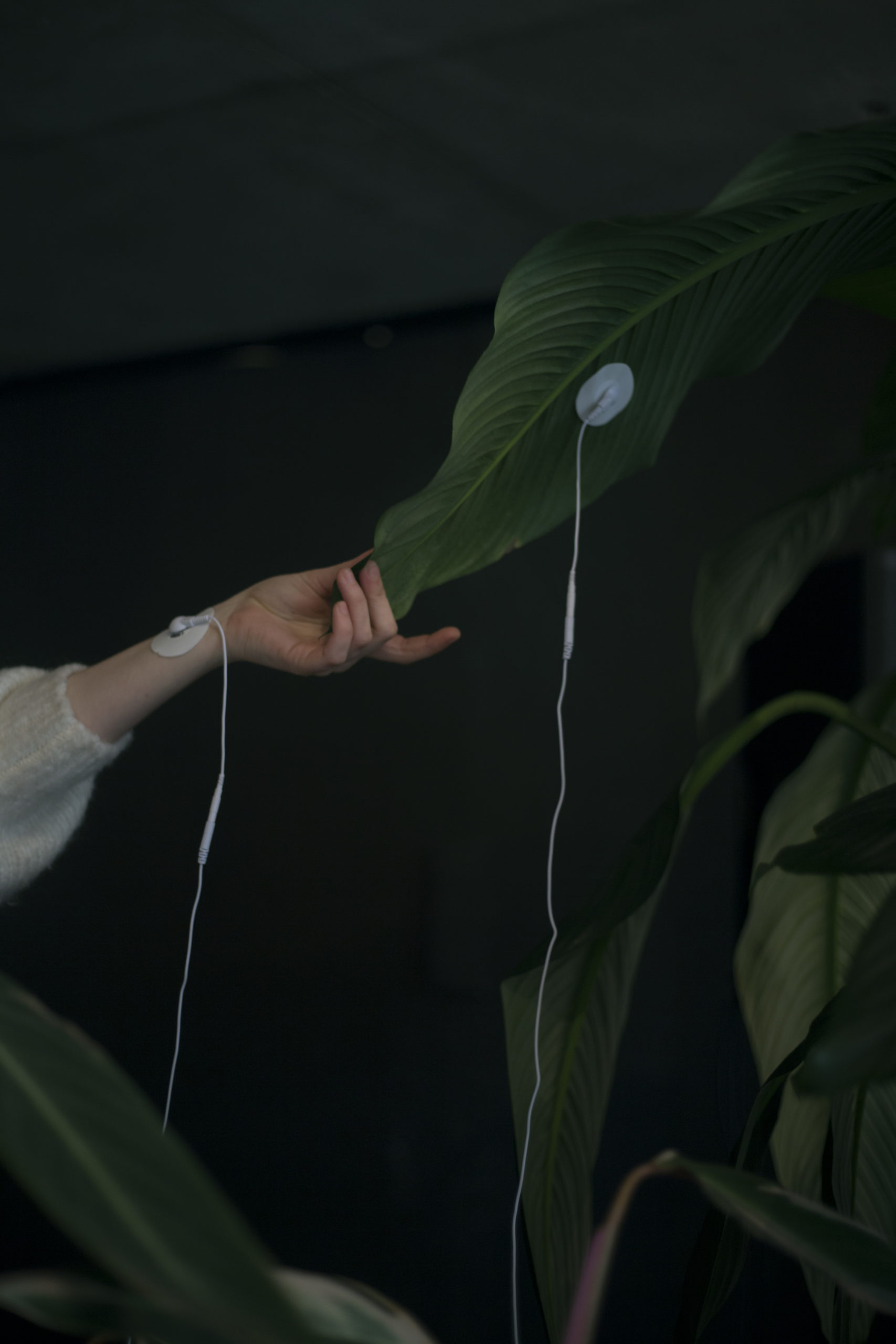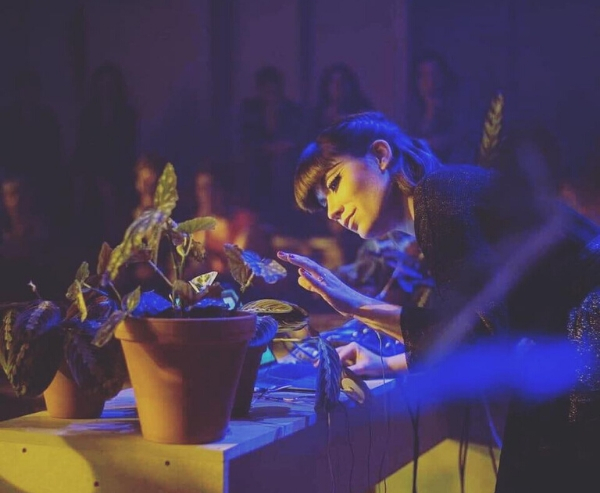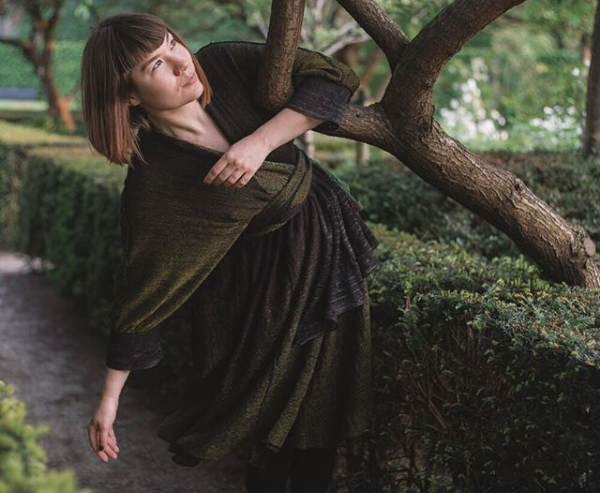Quarantine Diaries: ‘What The Fluff’ Atelier by PLUIES
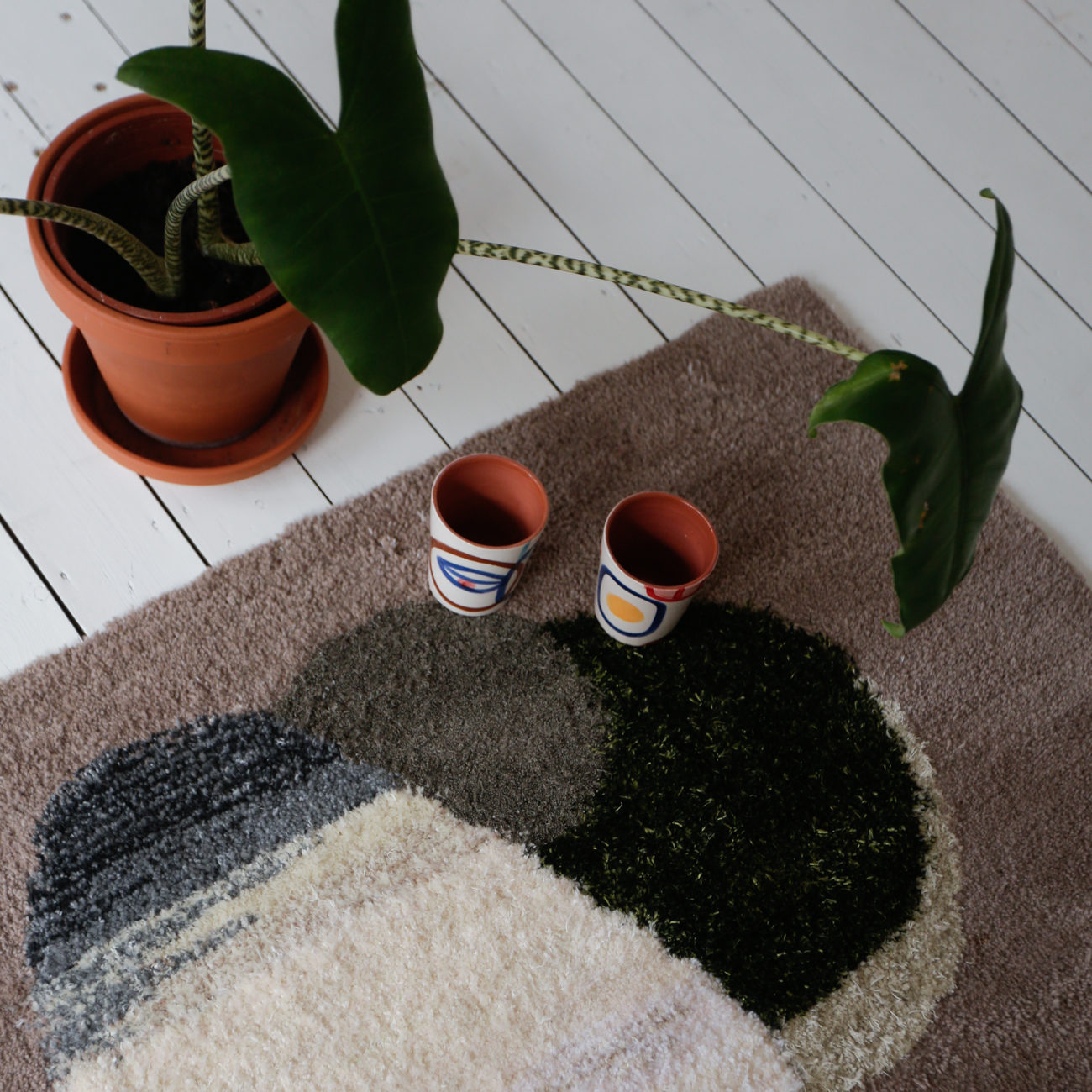
The Quarantine Diaries
or How to Fight Lockdown-Fatigue in These Trying Times
— PLUIES talks about lockdown fatigue, and how redecorating her apartment coupled with budget solutions and creativity led her to create the “What the Fluff” atelier.
“During lockdown Chapter II, just like many of us, I really started to get bored. I had watched all the nice documentaries on Tënk, read all the books I had planned to read, and, mostly, I had ultimately accepted the fact that my next concert would happen in 2021.
The only thing left to do was to redecorate my interior, where my boyfriend and I spend most of our time since this pandemic situation started. As we moved stuff around, we concluded that we needed rugs — a lot of lovely, soft, and cozy rugs to survive in this harsh, contaminated world.
We wanted to surround ourselves with softness. We then tried online to find the perfect rug for our home, but we couldn’t find anything we liked to match our ‘broke artists’ budget. So I turned to him and said: ‘you know what, I’m going to make it myself!'”.
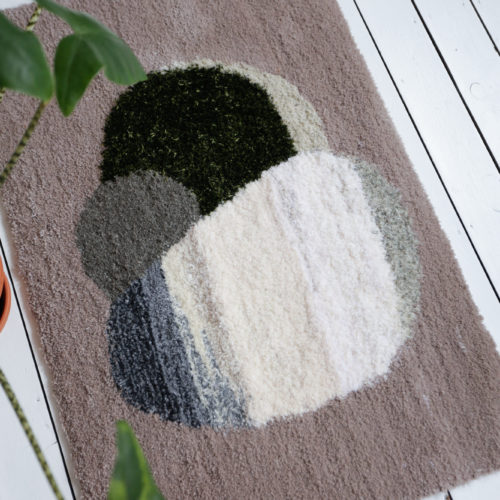
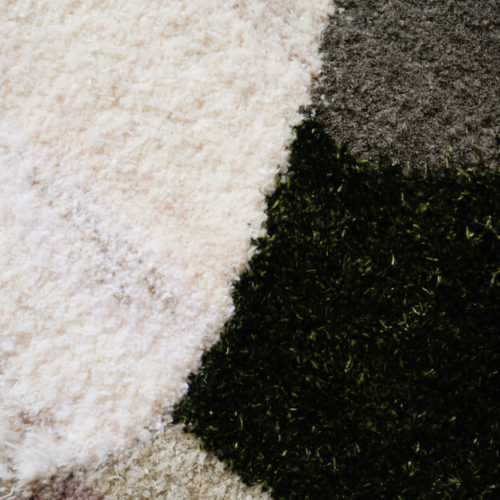
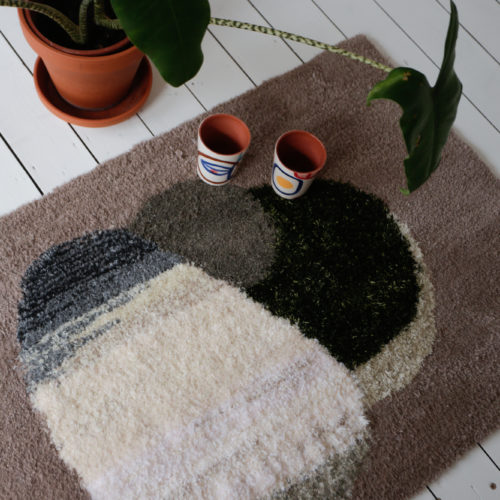
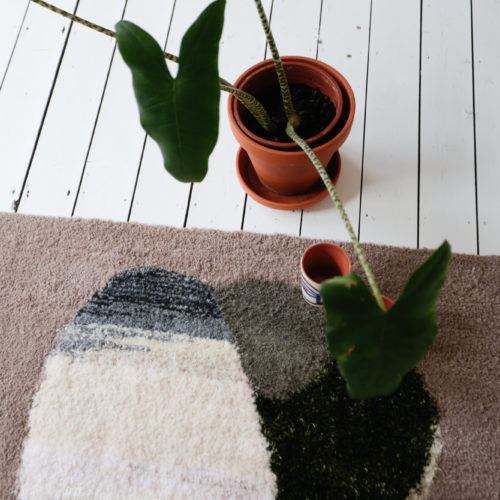
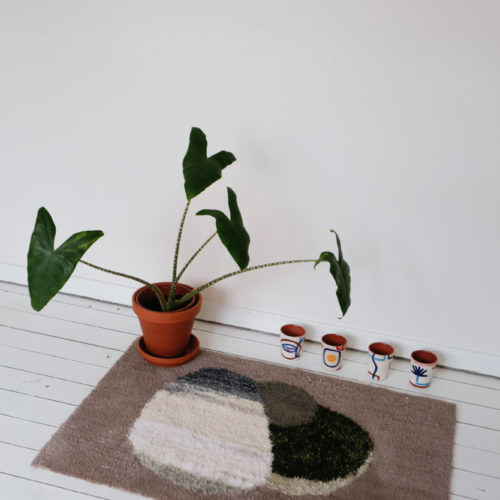
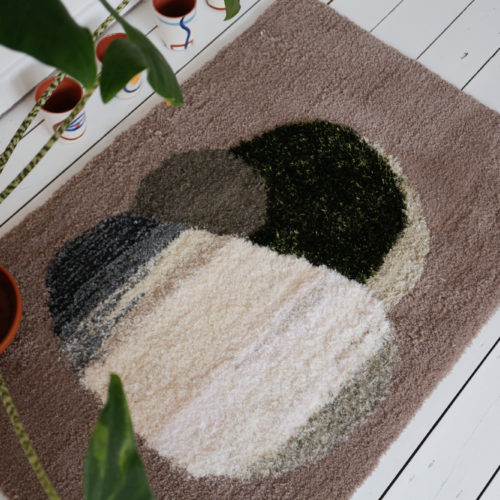
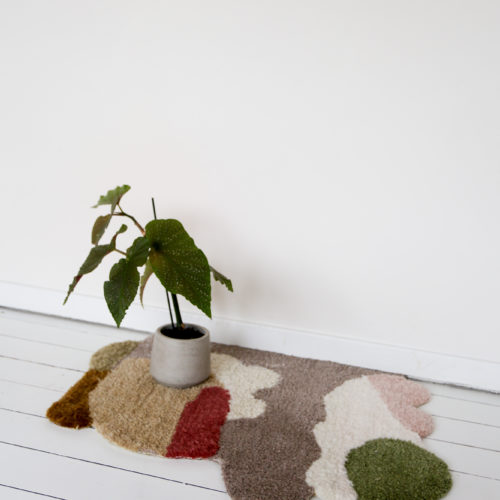
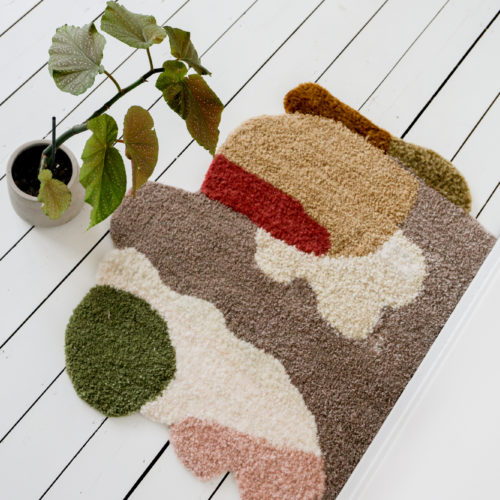
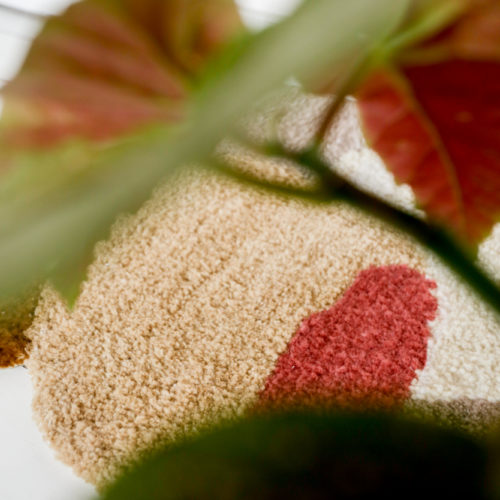
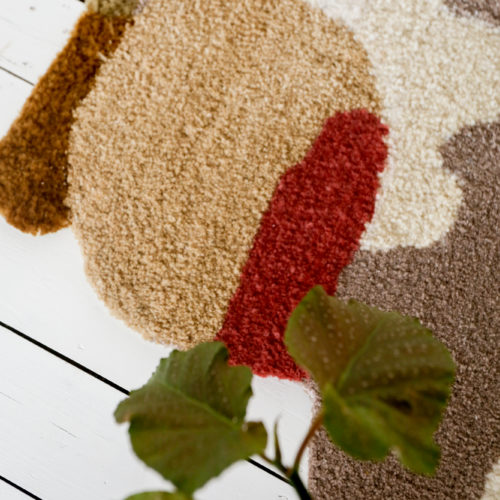
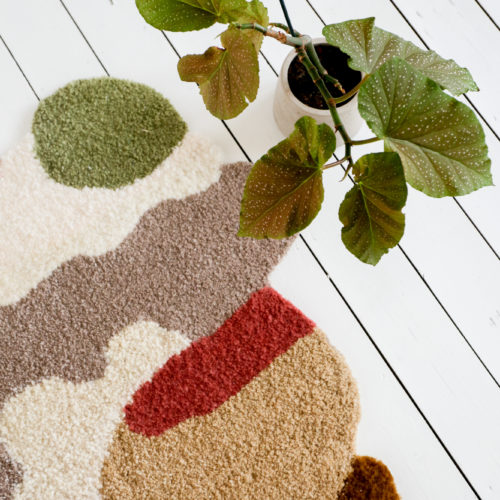
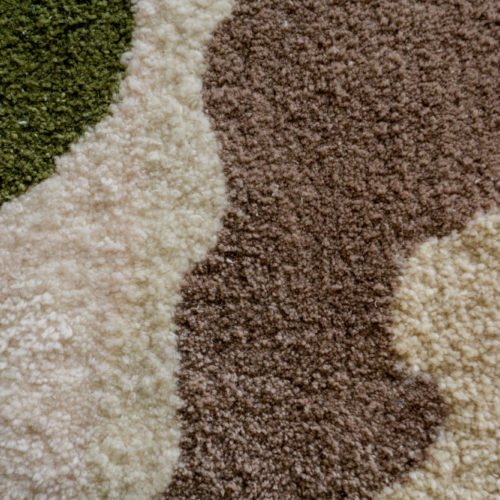
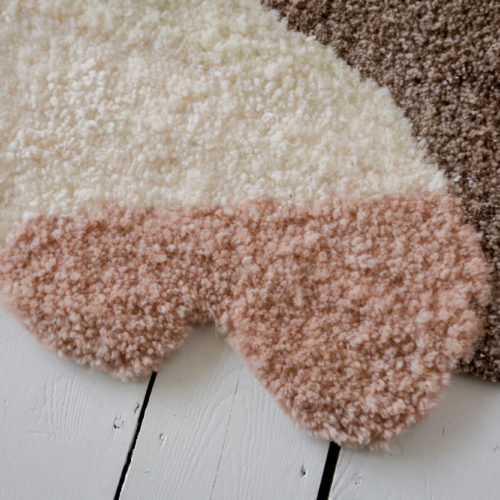
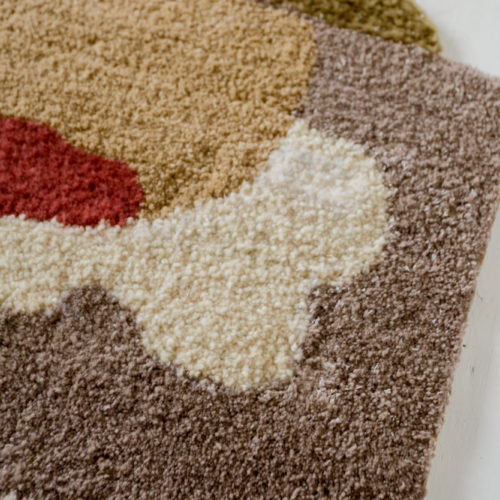
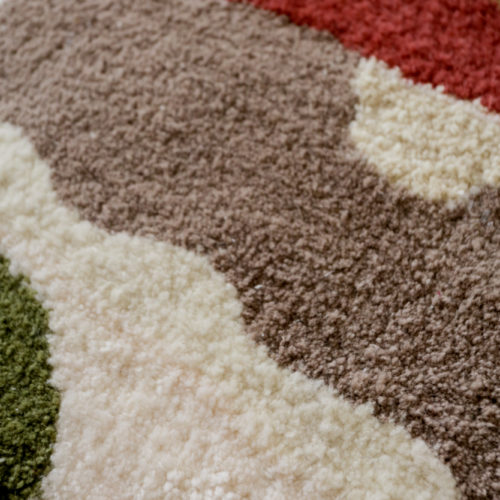
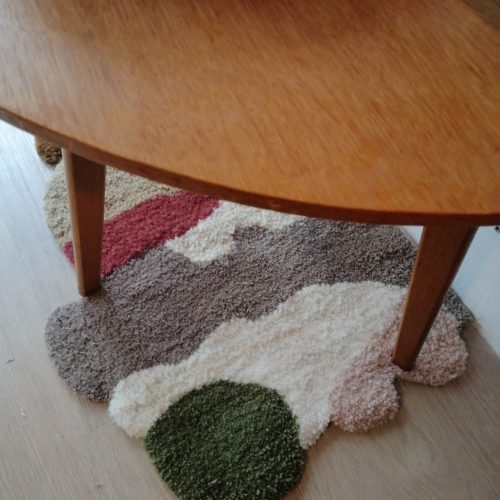
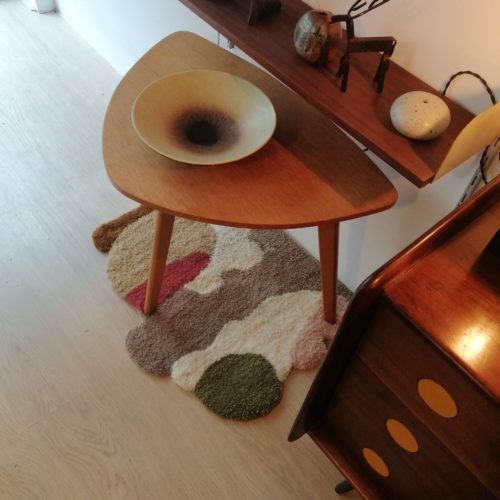
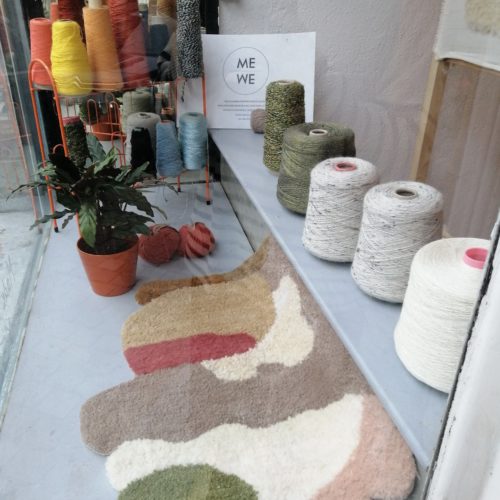
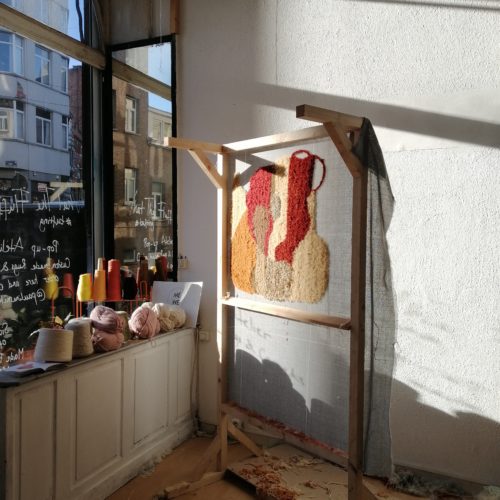
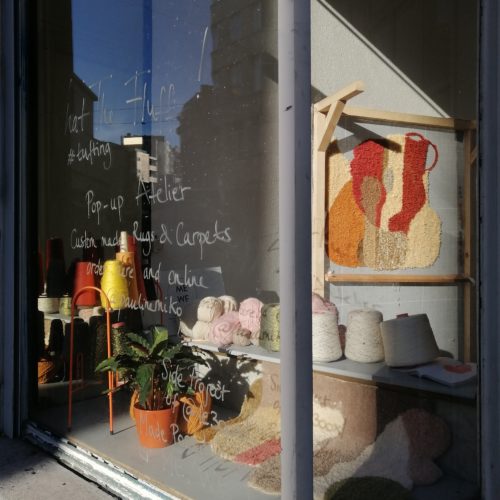
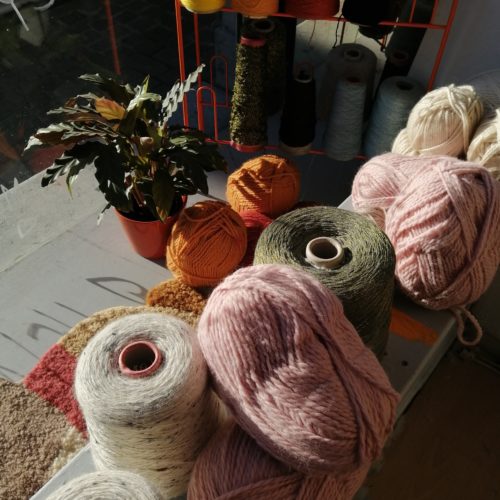
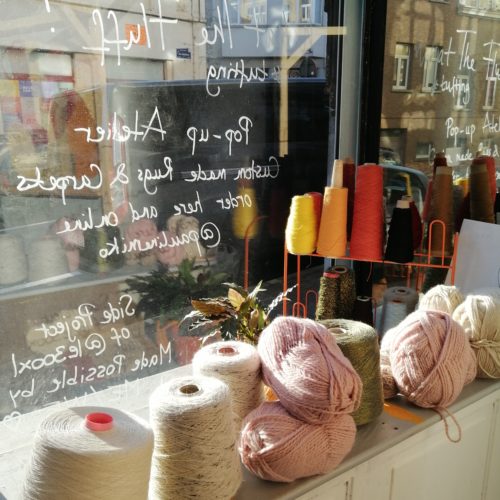
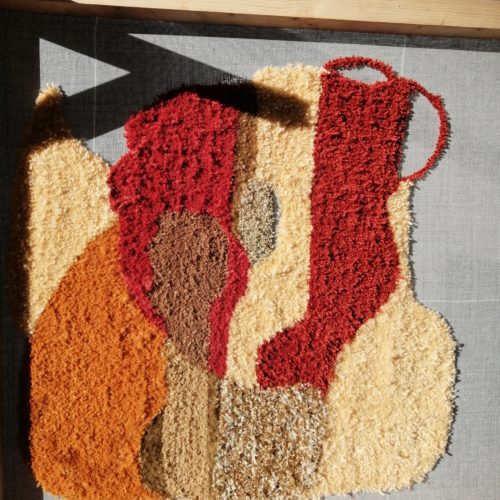
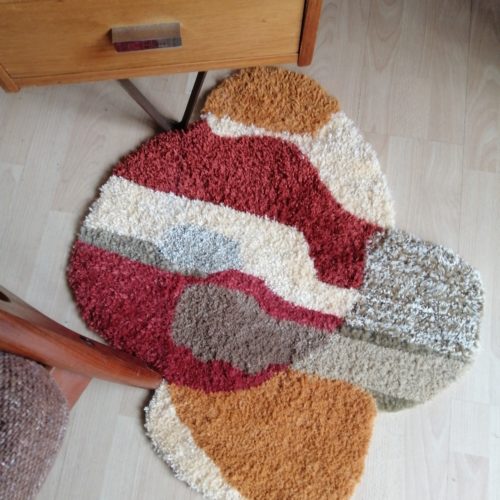
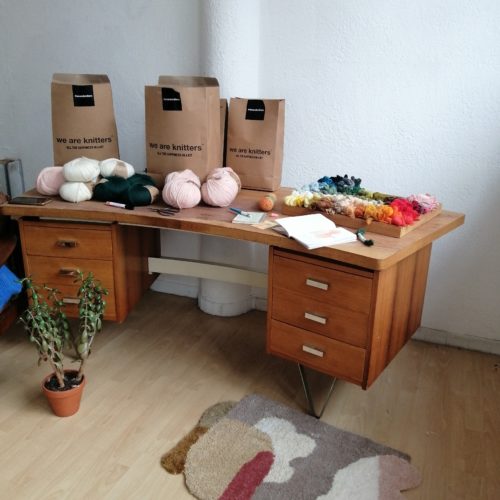
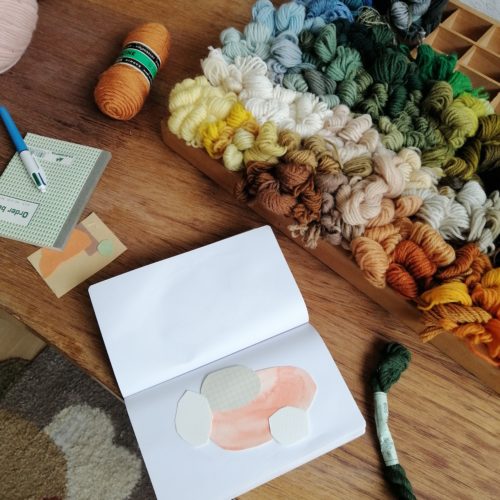
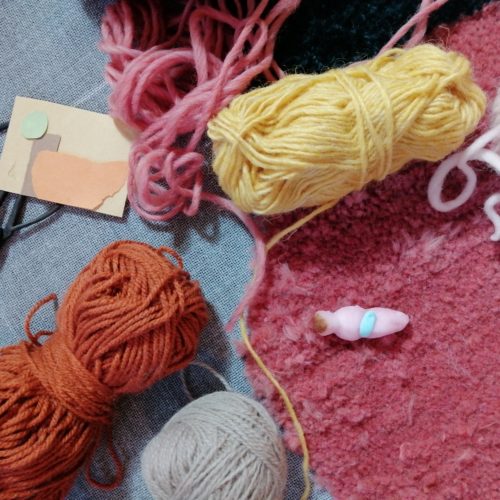
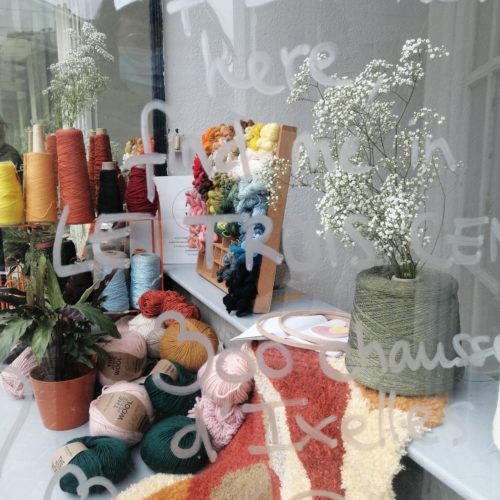
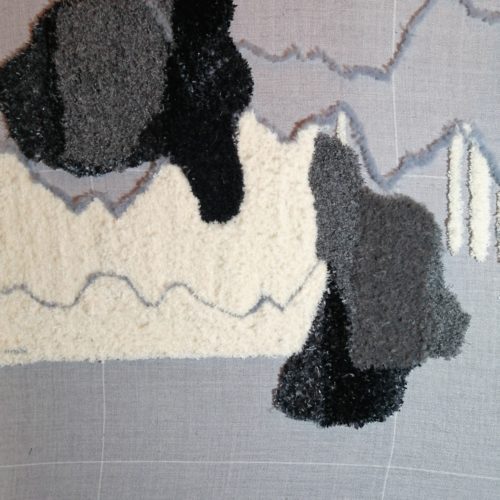
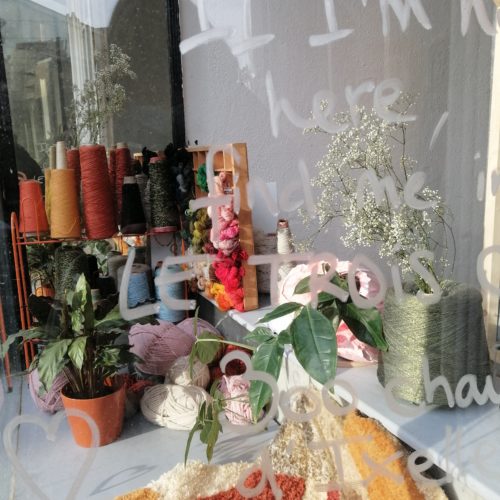
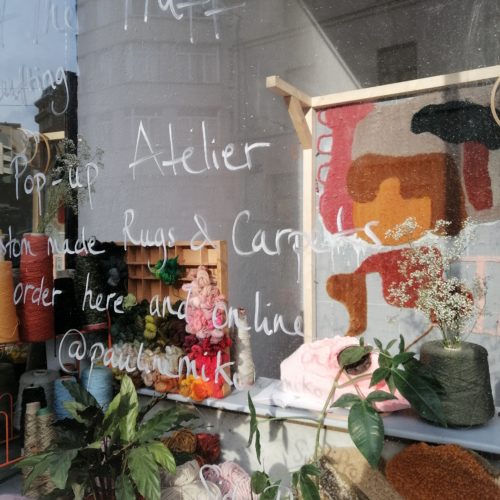
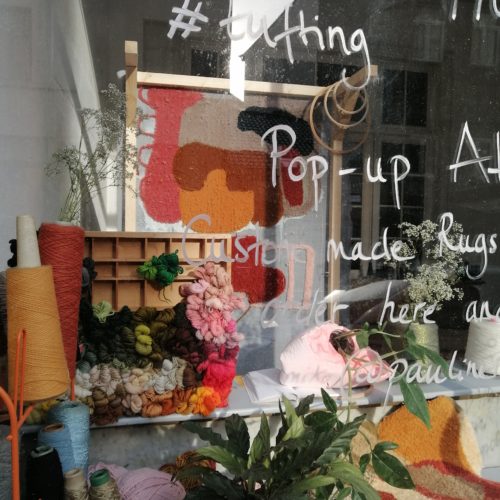
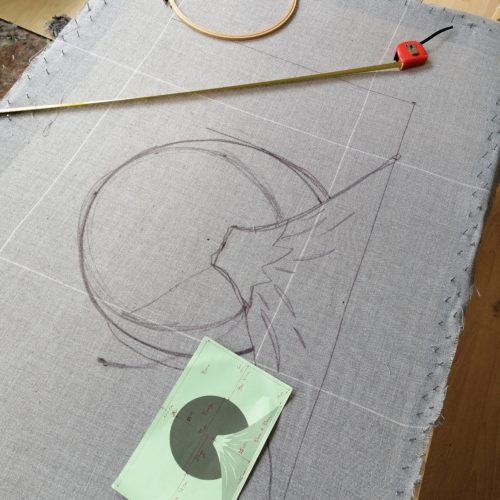
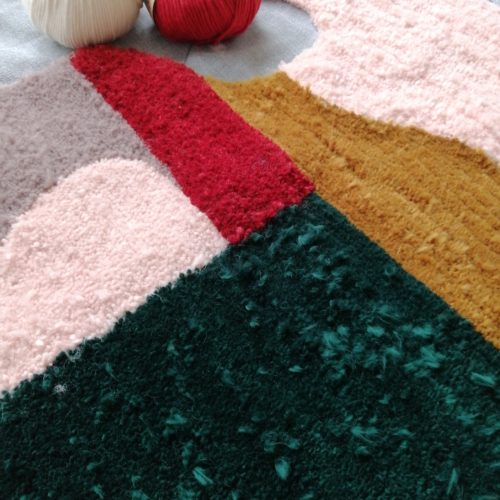
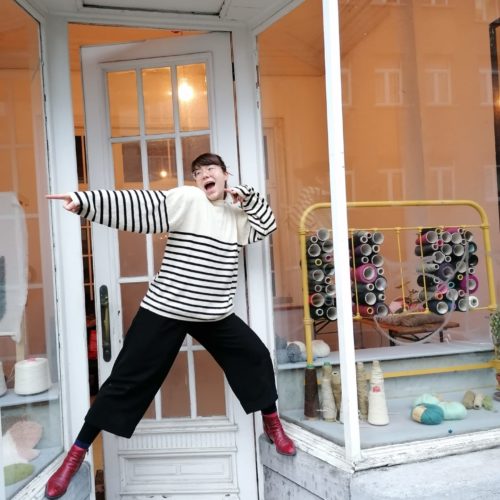
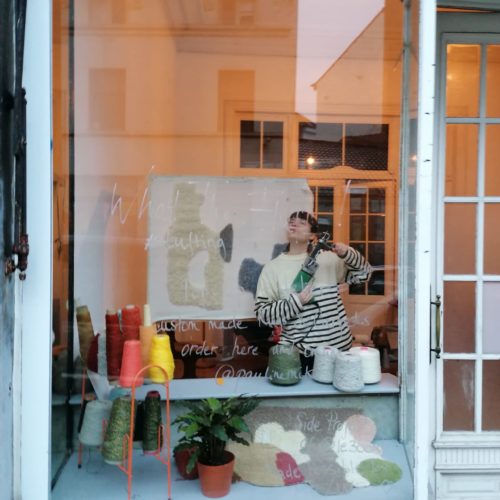
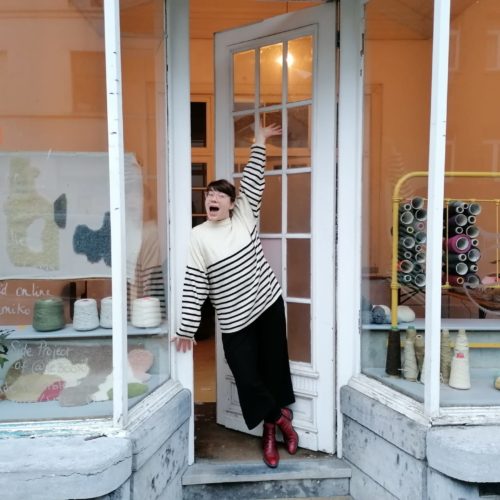
“Indeed, the machine for tufting rugs was actually cheaper than the majority of the rugs we liked. So I got super hyped and instantly ordered it. After spending a whole night watching all the rug tufting video’s on YouTube (they are super satisfying, by the way, highly recommended), I started drawing my first ideas and made collages with color papers. I impatiently waited for my second-hand tufting gun to arrive. Yes, it’s called like that: a gun, a powerful tool for creation and expression!
Thanks to ME/WE and Le Cartel de Bruxelles, I received the keys of an unused storefront in 6 Rue de Vergnies in Brussels to open a little boutique-atelier for my new activity.”
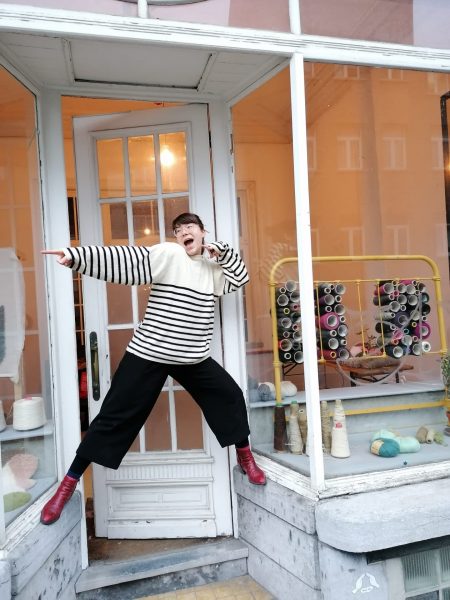
“Rug making saved me from boredom, and from going bankrupt while waiting for the cultural sector to wake up from the cocoma it’s in!”
“While waiting for the machine’s delivery, I gathered vintage, pure organic wool from second-hand stores and my grandma’s attic. I got help from my textile designer friend Gilles Werbrouck, who gave me a lot of yarn stock. When the machine arrived, I made my first creations and posted them online. I instantly got many orders from friends and random people from the inter webs.
It’s business time!”
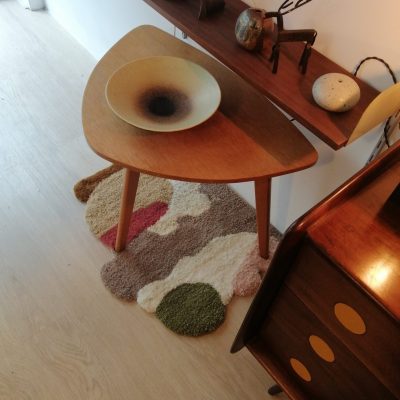
“oh and by the way, I still don’t have any rugs at my place, since I sold all of my creations already!”
PLUIES with PATYKA
PLUIES at PATYKA
Words by Denise Gluck
—
“Installation with plants, glass and ceramics to highlight the beautiful products of PATYKA.”
PLUIES is a sonic and performative project by artist Pauline Mikó, aiming to strengthen the relationship between plants, nature and the human being. Through a system of sensors and electrodes connected to the leaves of the plants and the body of the artist, the bio-electric exchange set up is transformed into sound, thanks to a modular synthesizer.
The sound waves are then modulated to produce music, both for the ears of the spectators but also for the plants themselves. This system of electrodes, created by the artist, allows the expression of the energies of multiple plants simultaneously.
By merging nature and technology, Pauline Mikó offers us an original and sensory experience. The artist tries to give back a legitimate place to plants in our urban lives. By enhancing our connection to our environment, the idea is to understand its fragility and the importance of respecting it. The main intention of the artist is to put organic life back in the center of our communities and allow a dialogue with Nature.
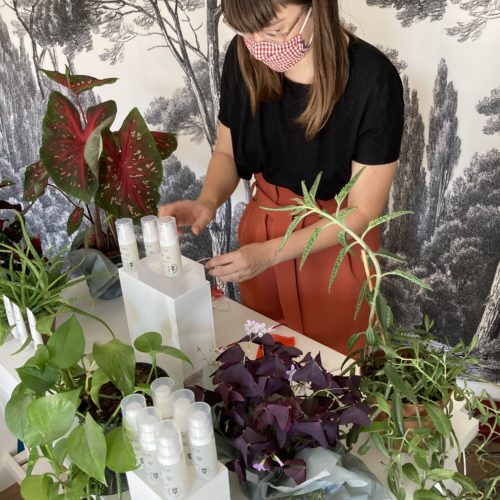

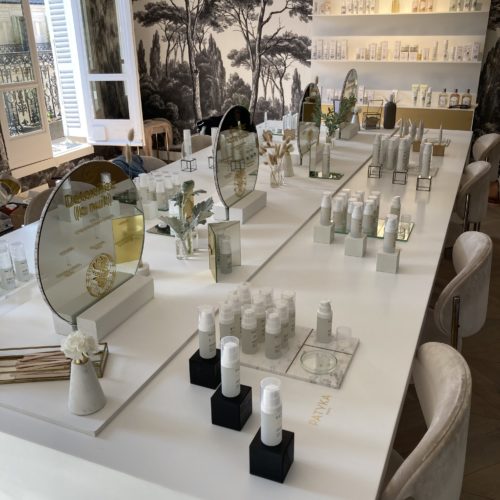
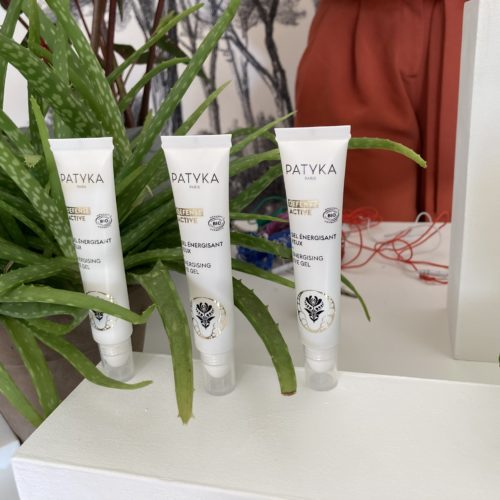
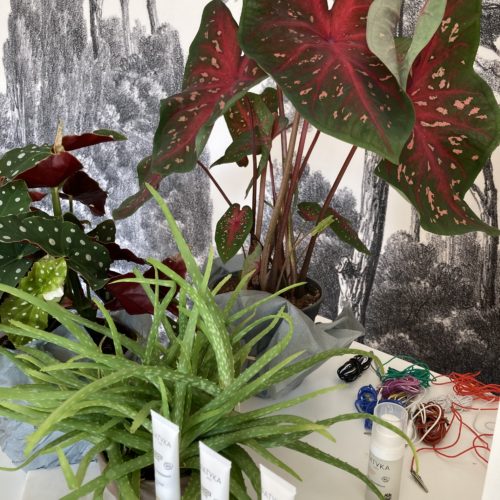
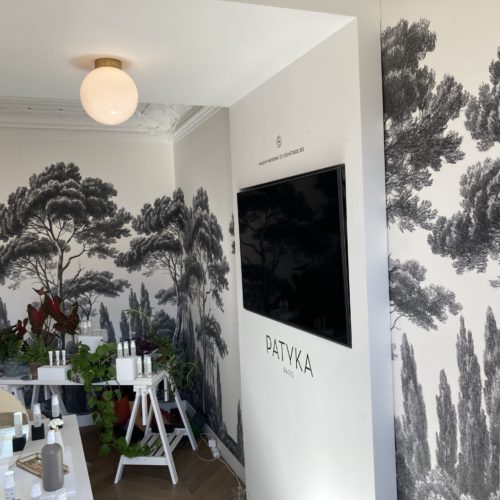
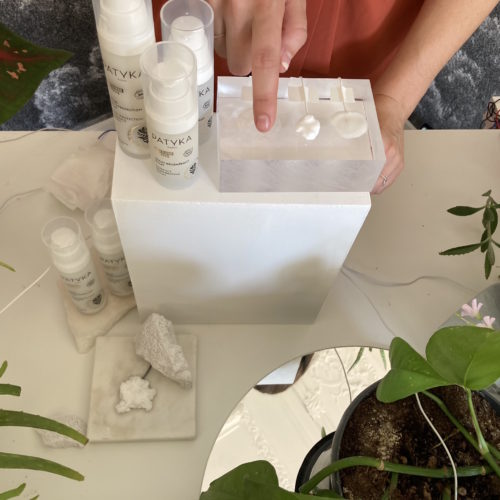
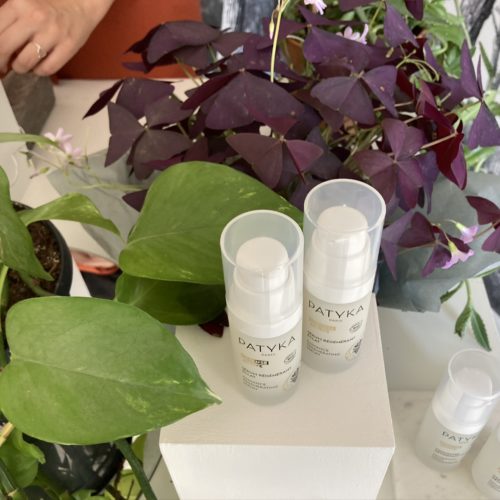


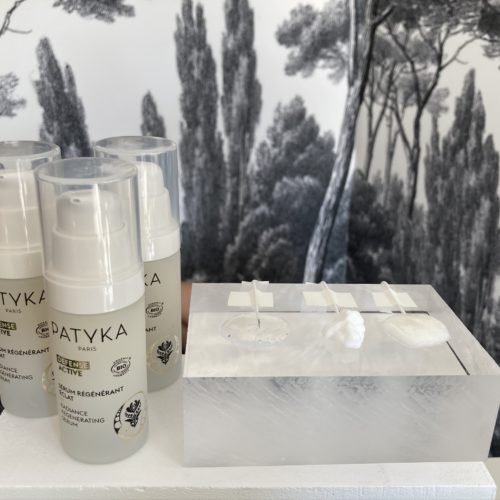
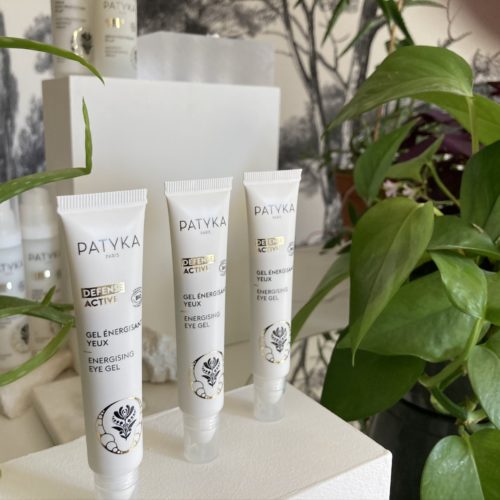
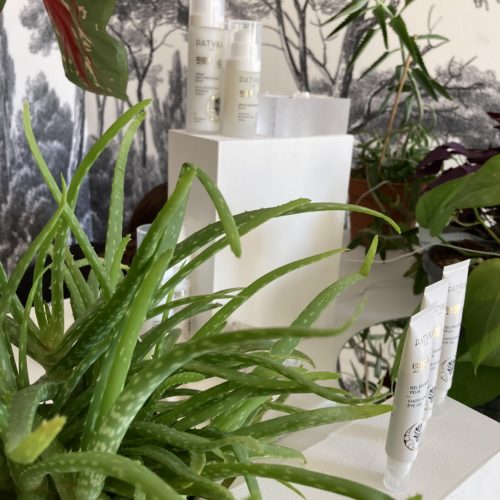
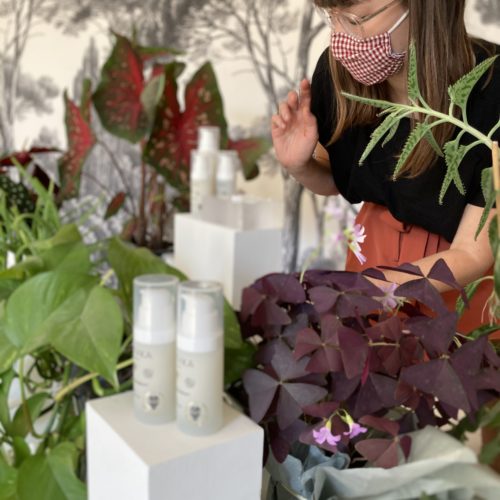
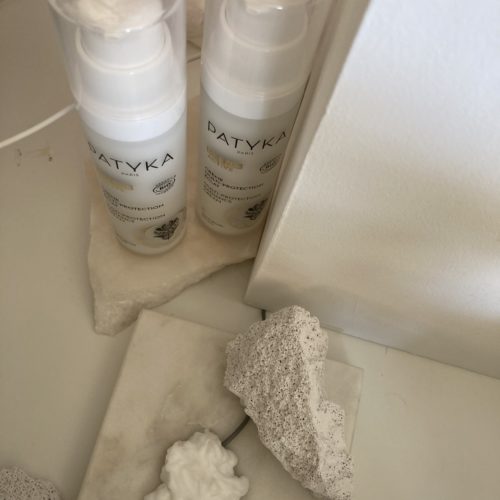
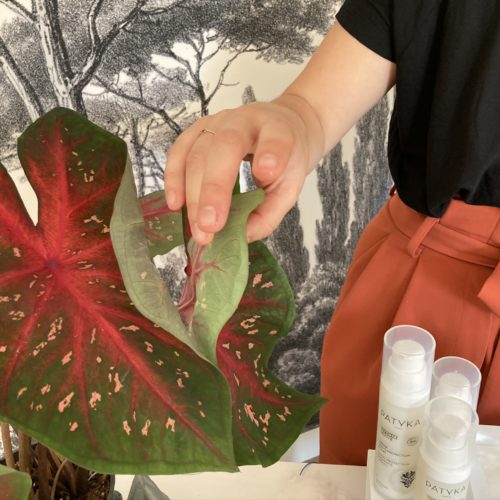
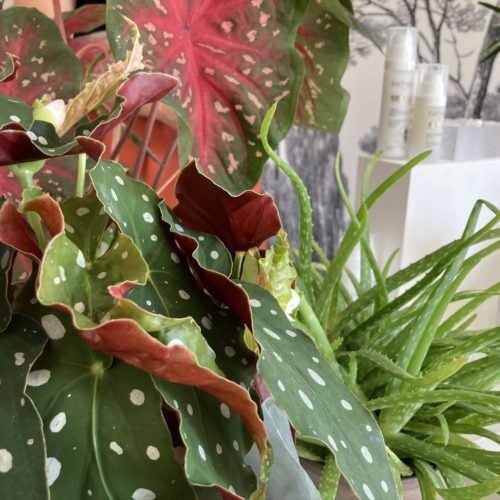
“The main intention is to put organic life back in the center of our communities and allow a dialogue with Nature.”
PLUIES
For this event, Pauline Mikó set up a very special installation with plants, glass and ceramics in order to highlight the beautiful products of PATYKA.
PLUIES did research in PATYKA Products, each product has it’s own character, which she translated in her performance to a sonic identity for the beauty products.
The new line launch presents a range of organic products, which are plant based.
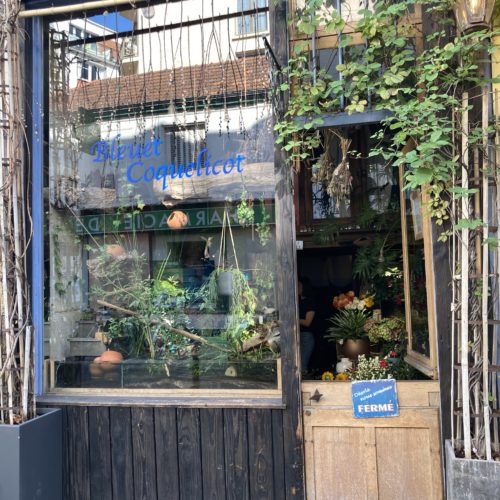
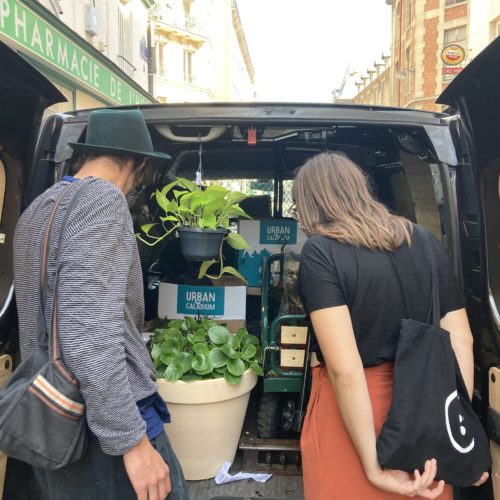
PLUIES at PATYKA
Performance on September 22, 2020
Concept space by Midi La Nuit
Products by PATYKA
Plants by Tom des Fleurs / Bleuetcoquelicot
Photo & Video Eyekino
PLUIES — A musical dialogue with plants
Pluies: A Music Dialogue with Plants
—
Pauline Miko talks about her peculiar craft, her sixteen plant choirs, electrical connections through electrodes and green feelings.
Pauline Mikó is an artist, but not an artist like the others. A photographer by profession, she aspired to the musical dimension, which she imagined associating with plants. The ‘Pluies’ project was born. The artist is today “translator of the music of plants” with his group of sixteen “choristers” around her.
I knew it was possible to make music with plants. I started to research, I carried out tests, I made cables to connect electrodes to the leaves, to the ground, and to my body. When I touch the plant, we establish an electrical circuit by exchanging a weak electrical current, which is then translated into frequency and sent to a computer. It is, therefore, a trio between the plant, me and the computer.
I use a computer program, “Sound Plant 47”, which translates electrical data into frequencies via an Arduino. Each plant has its own identity: when it comes to a strong frequency, for example, I translate it into a more acute sound. And when it is weak, into a low sound. I can thus create a harmony between the different frequencies of plants. This is what I do when performing live, a concert with my “group” – a set of sixteen plants.
“Each plant has its own identity”
Similar programs already existed, but I added my own sensitivity to them. I notably brought a touch of softness to it by using electrodes that I put on plants, and not pliers, which can traumatize the plant. Plants sometimes have very little energy: in such a scenario, I need to reshape their electrical frequency to be able to listen to them. There is a peculiar decisional part between the section of the plant I choose to use and the creative direction I take for the translation of its vibrations into sounds.
Plants can sometimes have their own mood swings. Some species are more dynamic than others, especially plants with very green and perennial leaves, with more veins. Aloe vera, on the other hand, is curiously not very cooperative. But she already gives us so much through her gel… Maybe she can’t be in the oven and in the mill at the same time.
“At the time of entering the scene, no plants were responding, although they were dynamic an hour before.”
Once during a concert at the Botanique the connection “broke down”. At the time of entering the scene, no plants were responding, although they were dynamic an hour before. It can be related to their emotions, a certain shyness, the fact of being turned upside down, or even exhaustion.To test my system, I went to find a plant in an office, and it worked perfectly. After about twenty minutes, the others started to “sing” again.
Plants that are used to performing concerts grow better! When the room allows it, I also suggest that the spectators touch the plants. We can see that some people are receptive to the vibrations of plants, and others not at all. This is perhaps the whole secret of the famous “green hands.”
Intention and benevolence are paramount. Moreover, houseplants considered as objects, which are not solicited, tend to fall asleep. Words and love are essential for plants to give the best of themselves!
— Pauline Miko
Directly translated from a French language interview at Biovif.com
